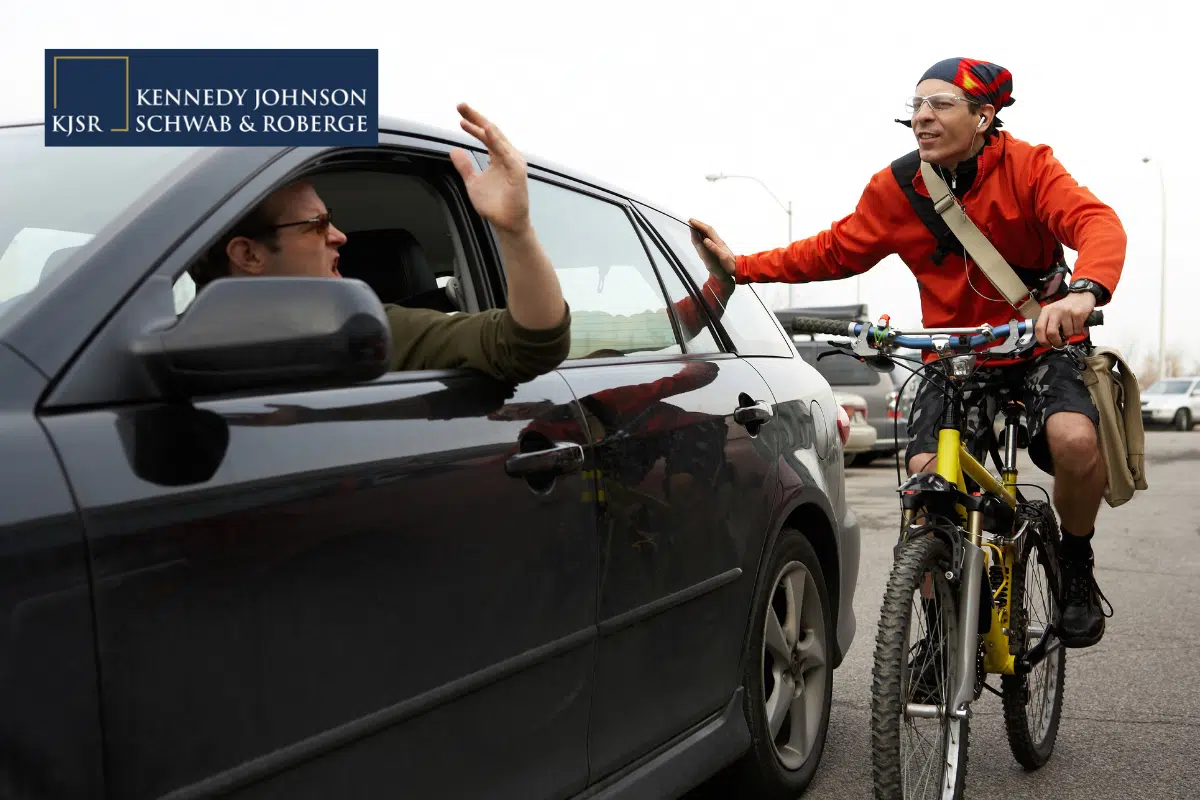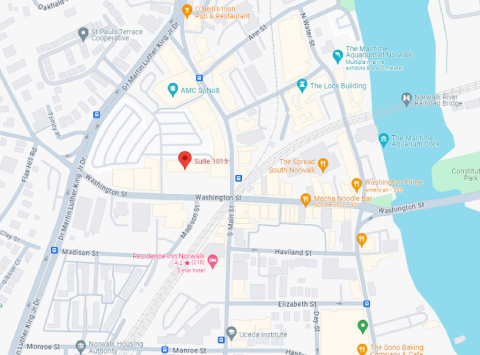A person’s right to drive with their hazards on varies from state to state. Some states can issue criminal traffic charges against drivers who use their hazards on the road, particularly when that use puts others at risk for an accident. Other states allow the use of hazards and encourage their drivers to think critically about the appropriate times to use them.
Drivers’ right to use their hazards while on the road varies from state to state. Several states make it illegal for their drivers to use their hazards while a car is in motion, no matter the driver’s circumstances. Other states allow drivers to use their hazards situationally or at their discretion.
Accident victims who believe that another driver’s inappropriate use of their hazard lights caused a collision should seek a consultation with a personal injury attorney to determine if they might be entitled to compensation.
Is It Illegal To Drive With Your Hazard Lights On?
Can you drive with hazard lights on? The answer depends on the state you are driving in. Drivers can take to the road with their hazards on in
- District of Columbia
- Kentucky
- Michigan
- Mississippi
- Nebraska
- New Hampshire
- New Jersey
- Pennsylvania
- South Dakota
- Texas
- Utah
- Vermont
- Wyoming
Drivers in the following states may use their hazards while driving unless posted roadway laws state otherwise:
- Alabama
- Connecticut
- New York
- North Carolina
- North Dakota
- Oregon
Do Hazard Lights Create Even More Hazard?
There are circumstances in which a driver using their hazards can make already-dangerous conditions on the road even less safe for other drivers. For example, while many drivers tend to use their hazards during severe weather, the light from hazards can exacerbate the danger of heavy rain and similar hazardous conditions. A driver who tries to use their hazards during heavy traffic can also confuse their fellow drivers to the point of causing an accident.
It is also in a driver’s best interest to avoid using their hazards when emergency vehicles are nearby. The driver should only use their hazards in or near a dangerous situation if they or someone in their vehicle needs assistance. Otherwise, the use of hazards can confuse first responders and delay them from assisting injured or endangered parties.
Reasons for Using Your Hazard Lights
Most states encourage drivers to use their hazard lights when:
- Getting pulled over by police officers
- Recovering from a crash
- Driving in a funeral procession
- Changing a tire or performing vehicular maintenance on the side of the road
Reasons Against Using Your Hazard Lights
Most states discourage their drivers from using their vehicle’s hazard lights when:
- Turning
- Driving in heavy rain
- Driving around a vehicular traffic hazard
- Parking illegally
- Driving in heavy traffic
Hazards like high-beam headlights can worsen the detrimental visual effects of bad weather on the road. If you feel that you and your passengers are in danger due to the severity of a storm, pull over under a bridge or into a parking lot and wait for the worst of the storm to pass.
It is also a bad idea to use your hazard lights in high-traffic emergency situations or situations in which emergency responders need to navigate the road. If you think that your hazard lights could confuse traffic or represent a detriment to another driver, it is in your best interest to leave them off.
The Penalties for Not Complying With Hazard Light Laws
If you spot a police officer’s lights in your rearview mirrors, you may find yourself asking, “Is it illegal to drive with hazard lights on in this situation?” Drivers who inappropriately use their hazard lights in dangerous situations or in ways that violate state law may face criminal consequences. These consequences can differ from state to state, but they all may grow severe if that inappropriate hazard use results in a dangerous accident.
When Improper Hazard Light Usage Results in a Motor Vehicle Accident
A driver’s misuse of hazard lights, combined with unnecessary low vehicle speed, poor roadway conduct, or negligence, can result in roadway accidents. Victims of these accidents can work with personal injury attorneys to hold a negligent party accountable in civil court for the victim’s economic and non-economic accident losses.
Roadway negligence is one of the leading causes of motor vehicle accidents. That said, injured parties must have evidence of roadway negligence, such as circumstances involving hazard misuse, if they are to successfully secure the financial compensation they need to restore their pre-accident quality of life. As such, accident victims can schedule case consultations with personal injury lawyers in their area to discuss their right to a civil lawsuit and the damages they may deserve.
It is worth noting that pursuing civil action against a driver who uses their hazards inappropriately is not the same thing as taking criminal action against those parties. Victims of hazard light car accidents do not have the legal right to issue criminal charges against an offending driver. Only a prosecutor may initiate a criminal case against the offending party. That prosecutor may ask the accident victim to contribute testimony to their case.
When Improper Hazard Light Usage Results in a Motor Vehicle Accident
Instead of asking yourself, “Is it illegal to drive with your hazard lights on?” while you are on the road, you can brush up on your state’s hazard light guidelines first. If you drive with your hazards on in any of the following states, for example, you may even face criminal reckless driving misdemeanors:
- Alaska
- Florida
- Hawaii
- Illinois
- Kansas
- Louisiana
- Massachusetts
- Nevada
- New Mexico
- Rhode Island
- Tennessee
- Wyoming
Discuss Your Rights With an Attorney Today
Drivers who suspect another motorist of illegal use of hazard lights have the right to take the liable driver to civil court if that driver’s negligence resulted in a motor vehicle accident. Personal injury attorneys can help injured parties pursue civil claims, estimate the value of their losses, and obtain compensation before a judge or a jury.
For more information about the legal and illegal uses of hazard lights and a driver’s right to legal action in the face of hazard light accidents, contact Kennedy, Johnson, Schwab & Roberge. today. The firm’s attorneys can schedule an accident survivor’s free case consultation through the firm’s online contact form, or call us at 203-865-8430.





